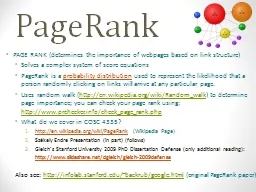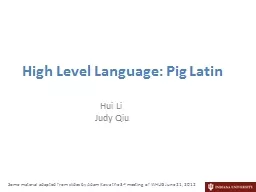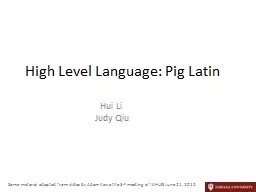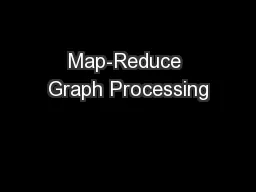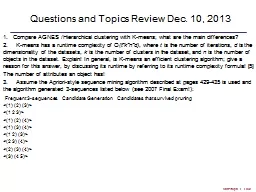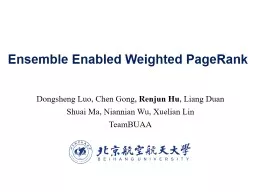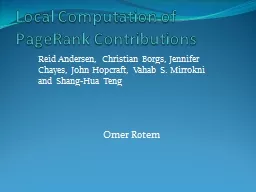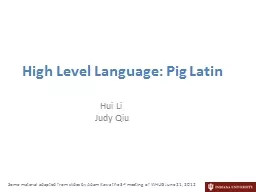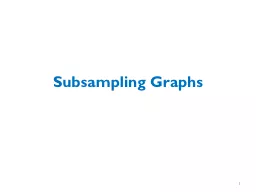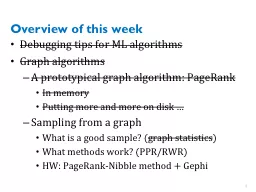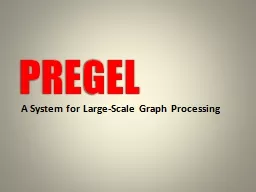PPT-More About PageRank
Author : phoebe-click | Published Date : 2017-12-16
Hubs and Authorities HITS Combatting Web Spam Dealing with NonMainMemory Web Graphs Jeffrey D Ullman Stanford University HITS Hubs Authorities Solving the Implied
Presentation Embed Code
Download Presentation
Download Presentation The PPT/PDF document "More About PageRank" is the property of its rightful owner. Permission is granted to download and print the materials on this website for personal, non-commercial use only, and to display it on your personal computer provided you do not modify the materials and that you retain all copyright notices contained in the materials. By downloading content from our website, you accept the terms of this agreement.
More About PageRank: Transcript
Download Rules Of Document
"More About PageRank"The content belongs to its owner. You may download and print it for personal use, without modification, and keep all copyright notices. By downloading, you agree to these terms.
Related Documents


